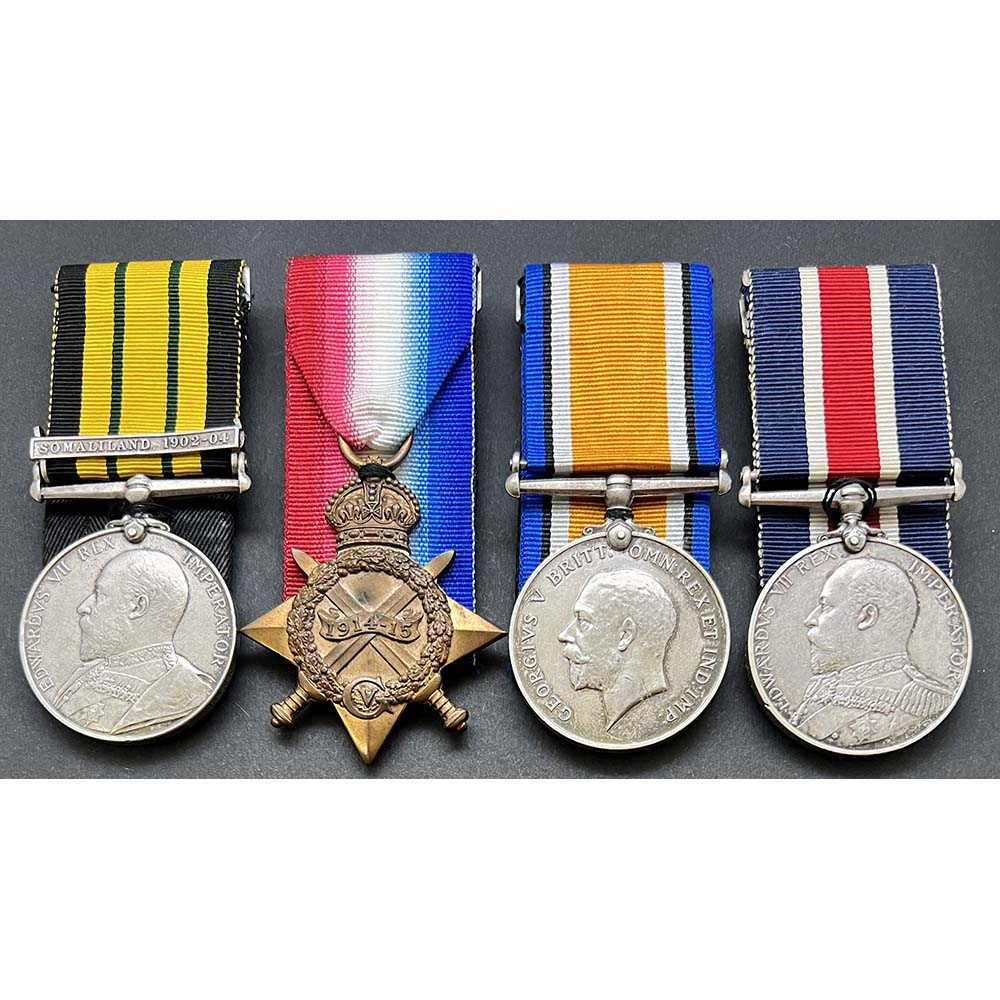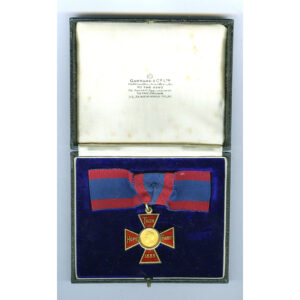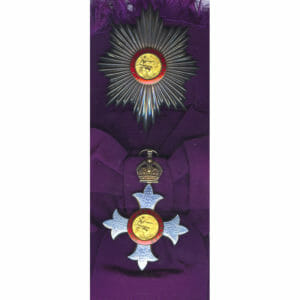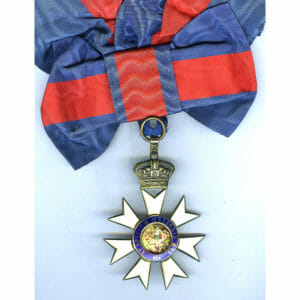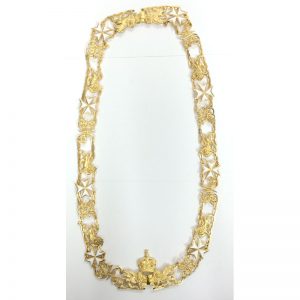Description
Naval Good Shooting Medal, Africa General Service Medal, EDVII, bar Somaliland 1902-4, 1914-15 Star and British War Medal, Robert Beck, Able Seaman, HMS Kent 1907 Shooting Medal on a 3 Pounder Q.F. Gun.
“Beck was saved when the S.S. was torpedoed on 23rd March 1918 and received by the Egmont on 30th March 1918.” According to his service records. Good Shooting Medal officially impressed: “198864 R. Beck. A.B., H.M.S. Kent. 1907 3 PR. Q.F.” AGS officially impressed: “R. Beck. A.B. H.M.S. Pomone.” Star officially impressed: “198864 R. Beck. A.B. R.N.” BWM officially impressed: “198864 R. Beck. Act. L.S. R.N.” Robert Beck was born on 28th May 1881 in Stratford, Essex.
A labourer for a Paper Manufacturer when he attested for service in the Royal Navy on 18th Apri 1898 at HMS Northampton as Boy 2nd Class. Earned his Africa General Service Medal on board HMS Pomome, on board from 2nd July 1902 until 23rd August 1904. Served on HMS Kent from 24th August 1905 until 11th November 1907 as an Able Seaman, during which time he earned his Naval Good Shooting Medal manning her 3 Pounder Q.F. Gun. After 12 years service he was discharged to shore joining the Fleet Reserve on 8th May 1911.
He was remobilised for the Great War on 2nd August 1914, joining HMS Euryalus until 26th January 1917. During this period he saw a lot of sea service. On 20th September 1914 by sheer luck, Euryalus was forced to return to port to recoal, leaving behind the Aboukir, Cressy and Hogue, which were all sunk 2 days later by the Submarine SM U-9. Following the disaster, he Captain Admiral Arthur Christian was forced to step down.
He was then deployed on board to Egypt in the defence of the Suez Canal in January 1915. Euryalus then became the flagship of the Rear Admiral Rosslyn Wemyss in April, after he was to be put in command of the main landings at Gallipoli. During the famous landings at Cape Hells on 25th April 1915, Euryalus transported 3 companies of the 1st Battalion Lancashire Fusiliers and a platoon of the Royal Naval Division, and then provided fire support to the landing after the soldiers were transferred to their boats for their actual landing on Beach “W”. She then also bombarded the Turkish positions at the Second Battle of Krithia on 6th May. (Good time to have one of the Navy’s finest shots on board?) Following a refit, he was on to another commissioned in the East Indies, Wemyss hoisted his flag on her as Commander in Chief. Leaving the Euryalus he saw out the rest of the war on D.A.M.S. Ships.
He finally got his promotion, having served his entire career as an Able Seaman as a Leading Seaman on 1st February 1917, and was sent on “DAMS” service. The Defensively Armed Merchant Ships, were ships were exploiting a slight loophole in the rules of war, as they were Merchant Ships armed only to fight in self defence but the guns weren’t placed in areas where it could be seen as an offensive ship. His papers note he first served on the S.S. Junior in 1917. Also that he had the misfortune of being sunk by a torpedo on 23rd March 1918, being rescued by Egmont on 30th March 1918.
After the war was over he was demobilised in March 1919, returning briefly at Pembroke with the RFR until he was again demobbed between 8th April 1921-8th June 1921.”
